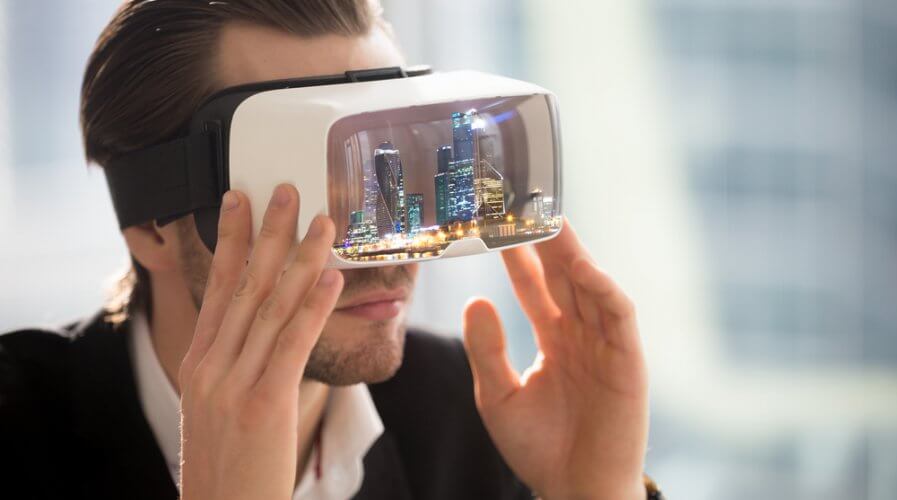
You’re going to have to wait for AR. Source: Shutterstock
AR isn’t here yet, but is there hope?
WHEN some of the leading technology companies announced the commercial launch of their augmented reality (AR) headsets, enterprises and customers were excited because of the possibilities that AR presents.
However, more three years have passed and most businesses still aren’t using AR in the workplace — but experts believe that there’s hope. Progress is slow but picking up.
Global shipments of standalone and tethered AR and virtual reality (VR) headsets are expected to total 4.2 million units in 2018, up 31 percent from 2017.
Looking ahead to 2022, shipments for these headsets are expected to rise to 53.1 million units with a compound annual growth rate (CAGR) of 88 percent, according to IDC.
“IDC has updated its forecast to push growth for AR headsets out further as AR progress on smartphones and tablets continues to outpace that of headsets. Apple’s ARKit has continued to improve the fidelity of AR experiences on iOS devices, Google’s ARCore is becoming available on more Android devices, and third-party SDK vendors such as 8th Wall and PTC continue to drive innovation in the space,” said IDC.
While most consumer-centric AR apps are focused on smartphones and tablets, commercial AR is driving shipments for standalone and tethered AR headsets.
IDC expects the category to surpass the 1 million mark by 2020, after which the growth will dramatically increase.
As more vendors enter the market, additional use cases come to fruition, and prices decline, IDC believes that total shipments in this category will reach 21.6 million by the end of 2022.
“Right now we’re seeing vendors build out enterprise-focused software for the devices available today with an eye toward the new features that will become available in future iterations of hardware. Things will get very interesting from a volume and capability perspective in the months to come,” said IDC’s VP of Devices & AR/VR Tom Mainelli.
Despite the recent downturn in the VR headset market, growth in this market is expected to return in 2019 as global shipment volume jumps to 8.6 million headsets.
According to IDC, much of the growth will be due to the increasing adoption of tethered and standalone devices – particularly on in the commercial segment – combined with the decline in screenless VR headset shipments.
READ MORE
- The criticality of endpoint management in cybersecurity and operations
- Ethical AI: The renewed importance of safeguarding data and customer privacy in Generative AI applications
- How Japan balances AI-driven opportunities with cybersecurity needs
- Deploying SASE: Benchmarking your approach
- Insurance everywhere all at once: the digital transformation of the APAC insurance industry




